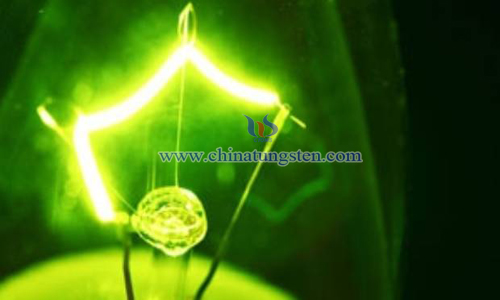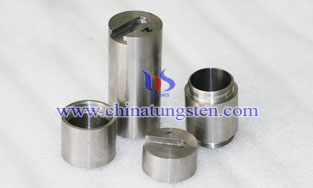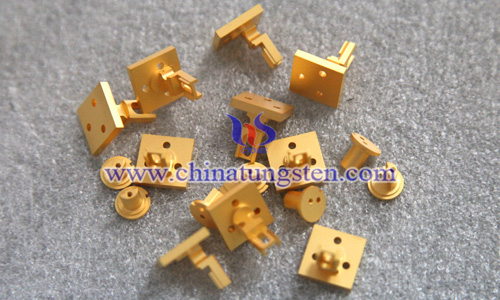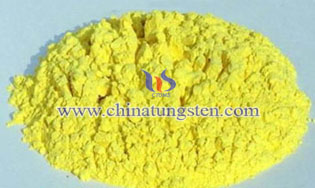Mining the Mineral Behind Lightbulbs and Munitions
- Details
- Category: Tungsten's News
- Published on Monday, 20 November 2017 17:04
- Hits: 418
In 1872 Russian Alexander Lodygin used tungsten as the metal filament in an incandescent light bulb. In her biography of milliner Lyndsey Kennett, Hilary E. Hunt describes some of the Kennett family history. Lyndsey Kennett's father, Thomas, was one of three brothers who in 1928 took the lease on a sheep farm in the Rees Valley near Glenorchy.
As the Great Depression loomed it became hard to make a living from sheep farming and in 1930 the brothers relinquished the farm. Thomas decided to stay in the valley and became a scheelite miner.
Scheelite is calcium tungstate, CaWO4, an important source of tungsten; chemical symbol W. The W originates from its Swedish name, volfram, and the name of another tungsten mineral, wolframite. The chemical element tungsten was first identified in 1781 by Swede, Carl Wilhelm Scheele, hence the name scheelite, and isolated from the mineral in 1783 by two Spanish brothers.
A region near Glenorchy contained the main deposit of scheelite in New Zealand. This and other tungsten minerals can be refined to produce finished tungsten metal which, when reacted with carbon, produces tungsten carbide, a very tough, durable compound used in munitions.

With the advent of World War II the demand for scheelite dramatically increased and presumably because of its strategic importance, two scheelite mines were taken over by the government.
Tungsten is 1.7 times denser than lead and has the highest melting point of all the elements (3,422 degrees Centigrade). It is the heaviest chemical element used by a living organism – it's consumption is restricted to some bacteria and Archaea.
In 1761 Ebenezer Kinnersley demonstrated that heating a metal wire produced incandescence, that is, the emission of electromagnetic radiation, including visible light, due to an object's high temperature.
In 1872 Russian Alexander Lodygin used tungsten as the metal filament in incandescent lightbulbs but it wasn't until 1902 that Hungarian Sandor Just and Croatian Franjo Hanaman patented and produced the first commercial tungsten filament incandescent lamp.
Earlier in 1878, Joseph Swan in the UK and Thomas Edison in the US had produced incandescent light bulbs but with, as it turned out, inferior or more expensive filaments such as carbon and platinum.
Today, the tungsten filament light bulb has been eclipsed by the all conquering Light Emitting Diode (LED).
In its pure form or as part of metal alloys or in chemical compounds, tungsten has many applications. Its hardness means that it is still used in shells and missiles. High density tungsten powder in some explosives is used to confine the blast radius and restrict collateral damage.
Tungsten's property as an electrical conductor means it is useful as an interconnecting material in electronic circuits.
Tungsten carbide is used in welding rods and tungsten with its very high melting point is used in the aerospace industry to make rocket engine nozzles.
Sixty percent of the world's tungsten is produced in China with Russia a distant second.
In a mineral commodity report on tungsten published by the Institute of Geological and Nuclear Sciences (GNS) Ltd, a brief history and overview of tungsten mining in New Zealand is given.
Minerals containing tungsten can be found in at least 19 locations in the South Island and one in the North Island.
The largest deposits are the scheelites in Otago (Glenorchy and the Macraes) and at Wakamarina in Marlborough. There is some in Paritu in the Coromandel. The price of finished tungsten depends on what the finished product is – the world price of an alloy, ferro-tungsten is currently about $40,000 per tonne.
The GNS report written several years ago concludes that tungsten mining here is probably economically marginal.
In 1939 when Thomas Kennett was mining, one tonne of scheelite was worth $70,000 in today's money and, as noted by Glenorchy Tours, a small team could produce a tonne per month. Apart from assisting the war effort, it is probably a fair assumption that scheelite mining was profitable for the government although how well paid employees like Thomas Kennett were, isn't clear.
Since the late 1980s, scheelite has not been mined in New Zealand, however in a submission to the Queenstown Lakes District Council, the New Zealand Tungsten Company Ltd are proposing to assess and possibly mine for scheelite once more in the Glenorchy area.
- Tungsten Manufacturer & Supplier, Chinatungsten Online: www.chinatungsten.com
- Tungsten News & Prices of China Tungsten Industry Association: www.ctia.com.cn
- Molybdenum News & Price: news.molybdenum.com.cn
- Tel.: 86 592 5129696; Fax: 86 592 5129797; Email: sales@chinatungsten.com








 sales@chinatungsten.com
sales@chinatungsten.com